Unattended Access ROI: Is It Worth the Investment?
“How do you justify a cost?”
It’s a big question, and we can’t deny that most IT teams and managers look at unattended access pricing and immediately question the return on investment. After all, it’s another monthly subscription, another platform and tool to manage, and yet more invoices needing justification.
While your team debates whether unattended access is worth it, inefficient workflows continue to add cost.
This article breaks down the actual numbers, the investment, the returns, and whether unattended access makes financial sense for your operation.
1The Investment: Understanding the Full Cost
Direct Licensing Costs
Unattended access typically isn’t free, nor is it a one-off perpetual purchase.. However, it’s often more affordable than expected. Most platforms structure their pricing in two ways: per-user or per-device.
Per-user models charge based on how many technicians need access. Per-device models charge based on how many endpoints you're managing remotely.
Subscriptions are usually paid by either month or year. A monthly subscription gives you flexibility but costs more over time. Annual plans lock you in but typically save you 15-20% compared to paying month-to-month.
Take AirDroid Business as an example. Pricing starts at $1.00 per device per month for the Basic plan, billed annually. The Standard plan, which includes full remote access and device management features, is $1.75 per device per month, while the Enterprise plan comes in at $2.75 per device per month.
For instance, managing 100 devices under the Standard plan would cost $175 per month, billed as $2,100 annually. That's the baseline investment before factoring in setup, training, or additional operational costs.
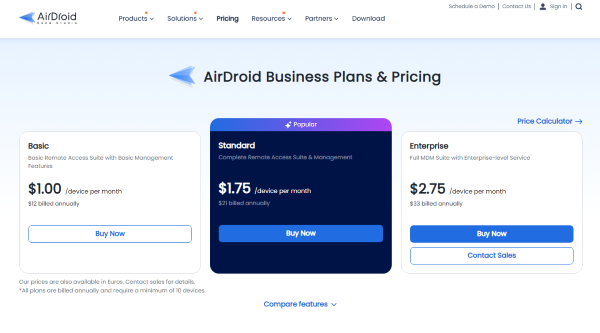
But here's what most people miss: the sticker price is only part of the total cost.
Implementation and Setup Costs
Getting unattended access up and running takes time. And in IT, time is money.
Initial setup varies by platform, but expect to spend 10–20 hours configuring the system, deploying agents to endpoints, and setting up security protocols. If your IT staff bills at $50 per hour internally, that's $500–$1,000 in setup costs alone.
Training is another expense that can be overlooked. Your technicians need to learn the new system, and that takes time and wages. In a best-case scenario, each tech will spend two to three hours getting familiar with the platform.
If you have a team of five technicians, that's another 10 to 15 hours of productivity you're investing in upfront.
Hidden Costs
Security overhead is real. You'll need to implement proper access controls, set up multi-factor authentication, and establish session recording policies.
This isn't just checking boxes. Someone on your team needs to take ownership of this ongoing responsibility.
Want unattended access to integrate with your existing ticketing system? Integration with existing systems is another hurdle. APIs and webhooks will require further configuration. Some platforms handle this seamlessly. Others require a lot of manual coding, testing, and development work.
2The Return: Quantifying Savings and Efficiency Gains
Time-based Savings (The Primary Return)
This is where you’ll begin to see a good ROI when it comes to unattended access. The time savings are something that really adds up.
Mean Time to Resolution (MTTR) drops materially. That issue that used to take 45 minutes because you had to wait for team members to click the remote access link? Now it takes 5 minutes. You connect directly, fix it, and disconnect. Done.
Physical travel time disappears entirely. If your technician was driving 30 minutes each way to restart a server, that's one hour per visit that no longer impacts the schedule. Multiply that by every on-site visit you eliminate. Across hundreds of tickets, the hours saved add up quickly.
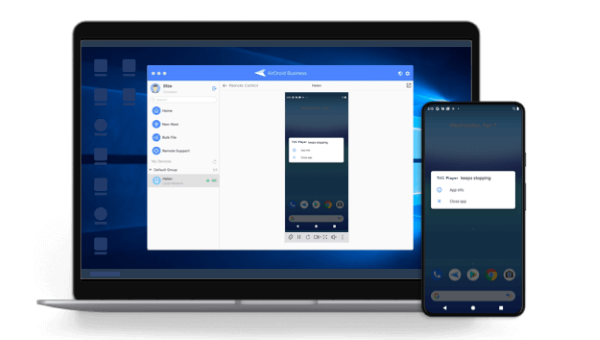
Technician capacity multiplies. With attended access, your tech can realistically handle maybe 6-8 support sessions per day. With unattended access, that number can double or triple because there's no waiting, no scheduling, no coordination overhead.
Operational Cost Reduction
Fuel reimbursement might seem minor until you run the numbers. If a technician drives 100 miles per week for on-site support and you're reimbursing at the IRS 2025 rate of $0.70 per mile, that's $70 weekly, or $3,640 annually per technician. Multiply that by several team members, and travel quickly becomes a significant line item in your budget.
Vehicle maintenance costs drop proportionally. Fewer miles means fewer oil changes, tire replacements, and wear-and-tear expenses.
After-hours support becomes manageable. Previously, late-night issues meant paying overtime rates for a tech to drive to the office. Now that same tech can handle the problem from home without an overtime call-out.
Compliance and Audit Savings
Session logs provide a clear, auditable record of activity. When an auditor asks who accessed what system and when, you have detailed records instead of vague recollections and maybe some handwritten notes.
This reduces liability exposure. If something goes wrong, you can prove exactly what happened during each support session. That documentation has real value when disputes arise or compliance questions come up.
3Unattended Access ROI Calculation Framework
Defining Key Variables
Before you can calculate ROI, you need two numbers: your current cost-per-ticket and your technician's hourly wage.
Cost-per-ticket includes everything. Technician time, travel expenses, overhead, and any other resources consumed in resolving a typical support request. For most organizations, this ranges from $25 to $150 per ticket, depending on complexity.
A technician's hourly wage should include benefits and overhead. If you’re paying a technician a base salary of $60,000 annually, then when you factor in benefits, taxes, and overhead, you might elevate the fully‑loaded cost to around $80,000, which equates to about $38 per hour.
The Simplified ROI Formula for Beginners
Here's the formula that actually matters:
ROI = (Total Savings - Total Investment) / Total Investment × 100
Total savings come from adding up all the efficiencies we discussed. Total investment includes licensing, setup, training, and ongoing costs. The result tells you whether this investment makes sense.
Scenario Analysis
Small Business Scenario
You're managing 50 devices with two IT staff members. You handle about 200 support tickets monthly, with an average resolution time of 45 minutes per ticket.
Current monthly cost: 200 tickets × 0.75 hours × $38 per hour = $5,700
With unattended access, you cut average resolution time to 20 minutes (because you eliminate waiting and travel time).
- New monthly cost: 200 tickets × 0.33 hours × $38 per hour = $2,508
- Monthly savings: $3,192
- Your software costs $200 monthly for 50 devices. The setup cost was $800 (amortized over 12 months is $67 monthly).
Net monthly savings: $3,192 - $267 = $2,925
Annual ROI: ($35,100 - $3,200) / $3,200 × 100 = 997%
Mid-size MSP Scenario
You're supporting 500 client devices across multiple locations. Your team of eight technicians handles 1,500 tickets monthly. Half require physical presence under your current model.
Current monthly travel costs alone: 750 trips × $30 (average fuel/time) = $22,500
Current support time costs: 1,500 tickets × 1 hour × $38 = $57,000
With unattended access, eliminating 80% of travel and cutting ticket time by 40%:
With unattended access, eliminating 80% of travel and cutting ticket time by 40%:
- New monthly costs: $4,500 (travel) + $34,200 (support time) = $38,700
- Software cost for 500 devices: $2,000 monthly
Monthly savings: $40,800 - $2,000 = $38,800
Annual ROI: ($465,600 - $24,000) / $24,000 × 100 = 1,840%
4Beyond ROI: Strategic and Non-Financial Benefits
Enhanced Security
Unattended access platforms typically enforce stricter security controls than your current remote support methods. Multi-factor authentication can be enforced rather than treated as optional. Session recordings create accountability. Access permissions can be granularly controlled rather than giving techs full administrative rights.
Compare this to your technician asking users to download ad-hoc remote tools or emailing passwords through unencrypted channels. The security improvement alone justifies the investment for many organizations.
Improved Customer and Employee Experience
Faster support means happier people. When you can resolve issues in minutes instead of hours, satisfaction scores climb.
Your end users stop losing half their workday waiting for IT support. Your customers stop getting frustrated by delayed responses. This goodwill has tangible value even if it's hard to quantify precisely.
There's also the professionalism factor. Deploying enterprise-grade remote access tools looks more legitimate than asking users to install ad-hoc tools for each incident..
Scaling Support Capabilities
Here's the strategic advantage most people overlook: unattended access lets you scale support without proportionally scaling headcount.
Your current model might require one IT person for every 50 devices. With efficient unattended access workflows, that ratio can shift to one person per 100+ devices. When your organization grows from 200 to 400 devices, you might need one additional hire instead of four.
This scalability becomes crucial during rapid growth phases or when managing seasonal fluctuations in support demand.
5Decision Guide: Is Unattended Access Right for You?
Unattended access makes sense when you're supporting distributed devices, managing critical systems that can't wait for someone to be physically present, or dealing with frequent after-hours issues.
It doesn't make sense if you're only supporting a handful of devices in a single location, if your security requirements prohibit remote access entirely, or if your support tickets genuinely require physical hardware intervention most of the time.
The 5-Point Checklist
Score yourself honestly on these criteria (1 point each):
- Do you support more than 25 devices spread across multiple locations?
- Do more than 50% of your support tickets involve software rather than hardware?
- Is your team spending more than 10 hours weekly on travel for on-site support?
- Are after-hours or weekend support requests causing operational headaches?
- Is maintaining detailed audit logs and session records important for your compliance needs?
If you scored 3 or higher, unattended access likely makes financial sense for your operation.
Comparing Unattended vs. Attended Access
The table below outlines key differences between unattended and attended access to help you decide when to use each approach:
| Feature | Unattended Access | Attended Access |
|---|---|---|
| User Presence Required | No | Yes |
| Ideal For | Servers, kiosks, digital signage, shared/public devices | Employee devices, user training, guided troubleshooting |
| Access Timing | Anytime (24/7 availability) | During scheduled or user-initiated sessions |
| Use Case Examples | After-hours maintenance, automated updates, issue monitoring | Walkthroughs, live support, one-time fixes |
| User Interaction | Not needed | Required for initiating or approving access |
| Scenarios Best Suited For | Large-scale IT operations, MSPs, field devices | Internal IT helpdesk, real-time support for employees |
| Security Context | Controlled by IT policies; limited to pre-approved devices | In-session consent; user controls access duration |
| Efficiency | High—no waiting or coordination needed | Moderate—depends on user availability |
| AirDroid Business | ✅ Fully Supported | ✅ Fully Supported |
While each method serves a distinct purpose, most organizations benefit from using both. AirDroid Business supports both unattended and attended access within a unified platform, giving your team the flexibility to handle any support scenario without switching tools or compromising security.








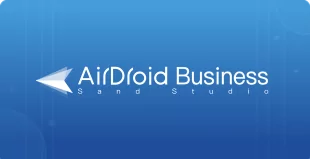
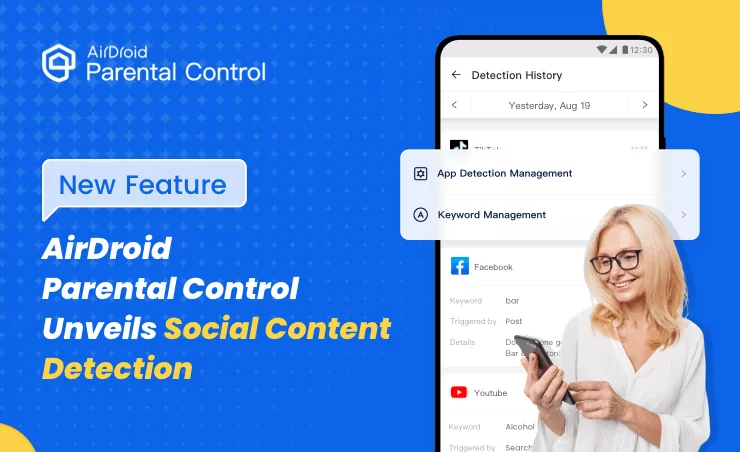
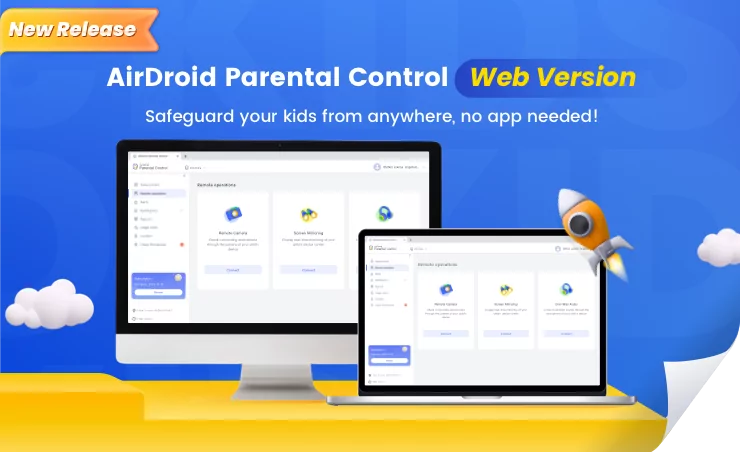

Leave a Reply.